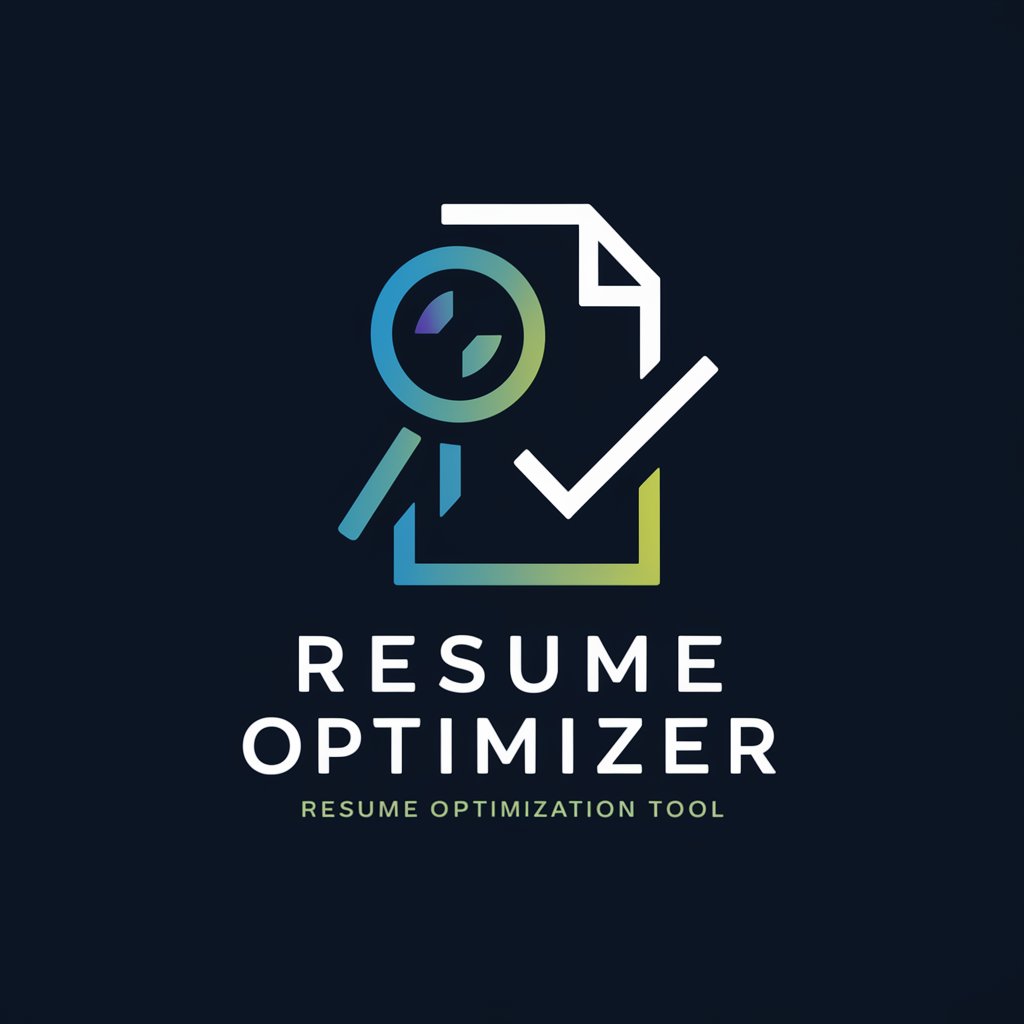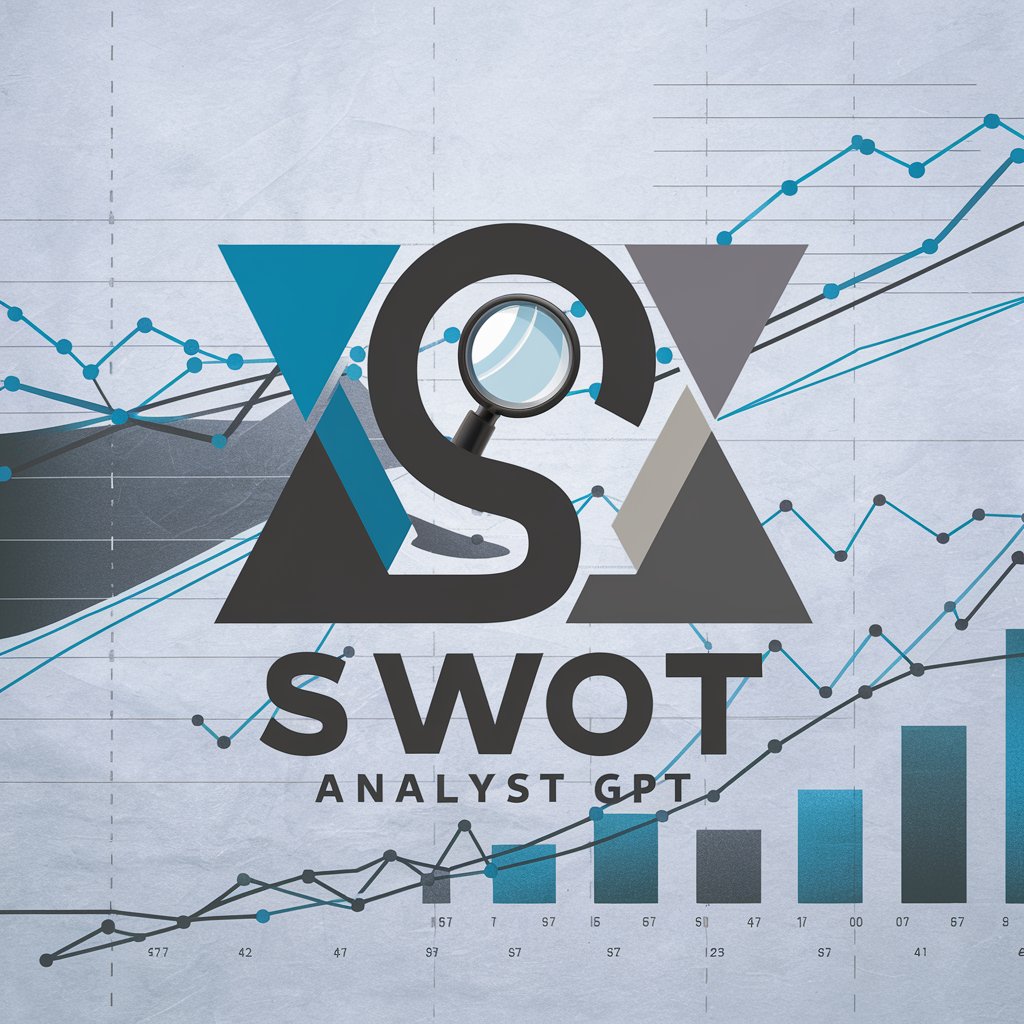
SWOT Analysis - Strategic Insight Tool

Welcome! Let's dive into strategic insights for your tech startup.
Empower Decisions with AI Analysis
Analyze the strengths and weaknesses of a tech startup using SWOT.
Evaluate the external factors impacting a startup with a PEST analysis.
Apply Porter's Five Forces to assess competitive pressures in the tech industry.
Identify opportunities and threats for a new tech venture using PEST.
Get Embed Code
Understanding SWOT Analysis
SWOT Analysis is a strategic planning tool used to evaluate the Strengths, Weaknesses, Opportunities, and Threats involved in a project or in a business venture. It involves specifying the objective of the business venture or project and identifying the internal and external factors that are favorable and unfavorable to achieving that objective. Powered by ChatGPT-4o。

Core Functions of SWOT Analysis
Identifying Strengths
Example
For a tech startup, a strength might be its innovative technology or a strong technical team.
Scenario
Useful in positioning the startup against competitors.
Assessing Weaknesses
Example
A common weakness could be limited financial resources in the early stages.
Scenario
Helpful in risk management and crafting a sustainable growth plan.
Exploring Opportunities
Example
Emerging markets or new technological advancements can present opportunities.
Scenario
Valuable for strategic planning and diversification.
Analyzing Threats
Example
Threats might include regulatory changes or market competition.
Scenario
Crucial for long-term viability and contingency planning.
Target User Groups for SWOT Analysis
Startup Entrepreneurs
Benefit from understanding their competitive landscape and internal capabilities.
Investors and Venture Capitalists
Use SWOT for evaluating potential investment opportunities in startups.
Business Strategists
Leverage SWOT for developing robust business strategies for tech startups.

Guidelines for Using SWOT Analysis
Step 1
Begin by accessing a strategic planning tool at no cost and without the need for account creation or subscription, similar to visiting a platform like yeschat.ai for a seamless start.
Step 2
Gather comprehensive information about the entity being analyzed, including its internal strengths and weaknesses, as well as external opportunities and threats.
Step 3
Organize your findings into the SWOT matrix, categorizing them under Strengths, Weaknesses, Opportunities, and Threats respectively.
Step 4
Analyze the matrix to identify strategic insights, such as leveraging strengths to capture opportunities and mitigating weaknesses to avoid threats.
Step 5
Develop actionable strategies based on the analysis, focusing on enhancing strengths, addressing weaknesses, capitalizing on opportunities, and defending against threats.
Try other advanced and practical GPTs
Resume Optimizer
Craft Your Resume with AI-Powered Precision

Mindful Guardian AI
Empowering mental wellness with AI

Smart Finance Assistant
Empowering Your Financial Decisions with AI

Sphere AI - Max Screenflare
Your AI-Powered Cinematic Guide

Crypto Trading Strategies
AI-Powered Crypto Trading Strategies Simplified

Product Improvement Research Advisor
Elevating Products with AI Insights
Vinny Lovelines
Crafting Connections with AI Charm

Learning Companion
Empowering Learning with AI Expertise

AI Prompts Wizard
Craft Your AI with Precision and Ease

Chrome Extension Creator
Empowering Chrome Extension Development with AI

Open Research
Empowering Research with AI
Power BI Theme Generator
Craft Your Data Story with AI-Driven Themes

SWOT Analysis Q&A
What is SWOT Analysis?
SWOT Analysis is a strategic planning tool used to identify and understand the Strengths, Weaknesses, Opportunities, and Threats related to business competition or project planning.
How can SWOT Analysis benefit my business?
It helps in recognizing your business's competitive advantages, identifying areas needing improvement, uncovering opportunities for growth, and spotting external threats to your strategy.
Can SWOT Analysis be used for personal development?
Absolutely, individuals can use SWOT Analysis to identify personal strengths and weaknesses, seek opportunities for growth, and be aware of potential threats to achieving personal goals.
How often should I conduct a SWOT Analysis?
It's recommended to perform SWOT Analysis regularly, such as annually or when preparing for a new project, to stay aligned with changing internal dynamics and external environments.
What are some common mistakes to avoid in SWOT Analysis?
Common mistakes include overlooking internal weaknesses, underestimating external threats, being overly optimistic about opportunities, and not translating the analysis into actionable strategies.






